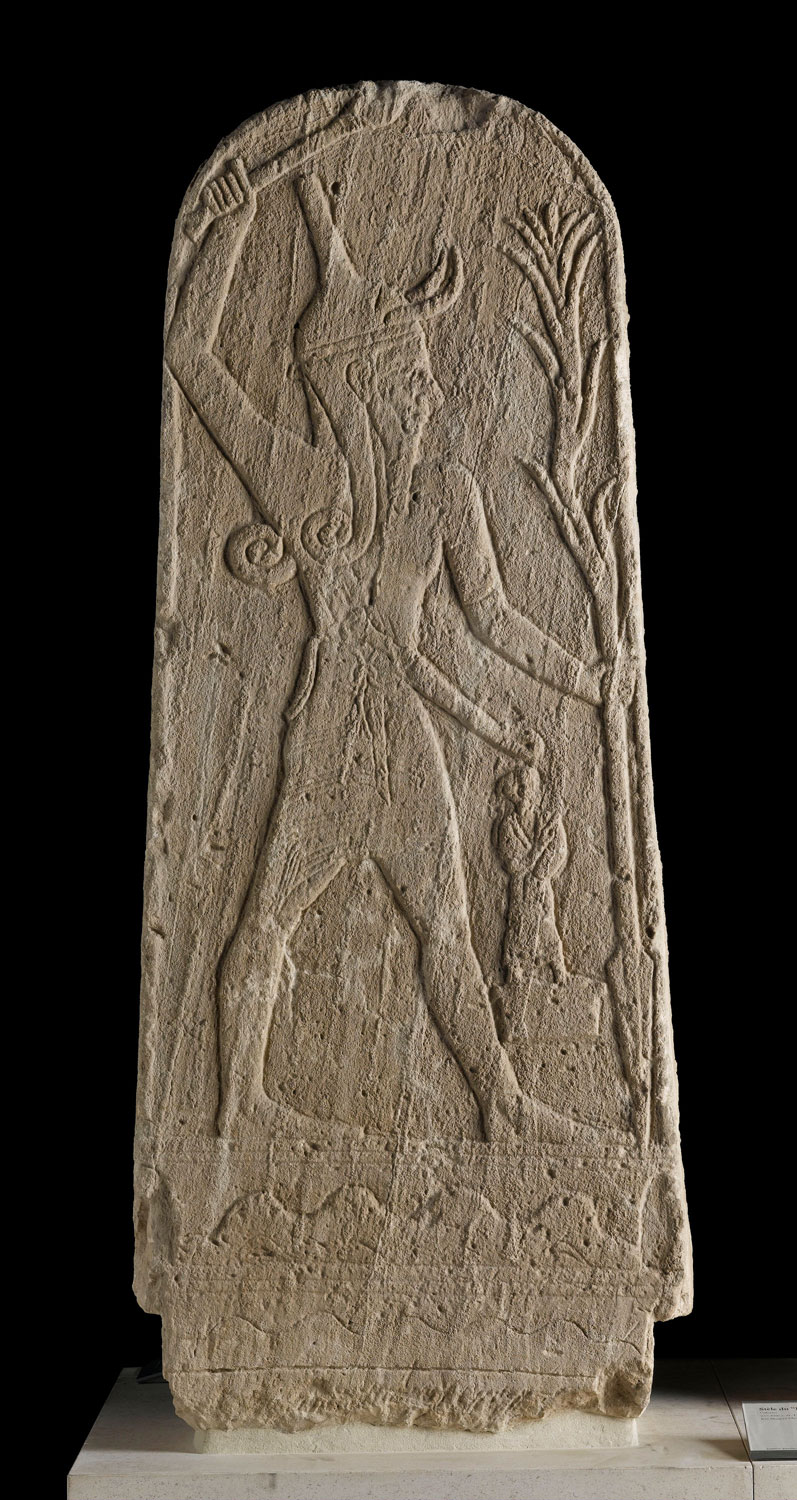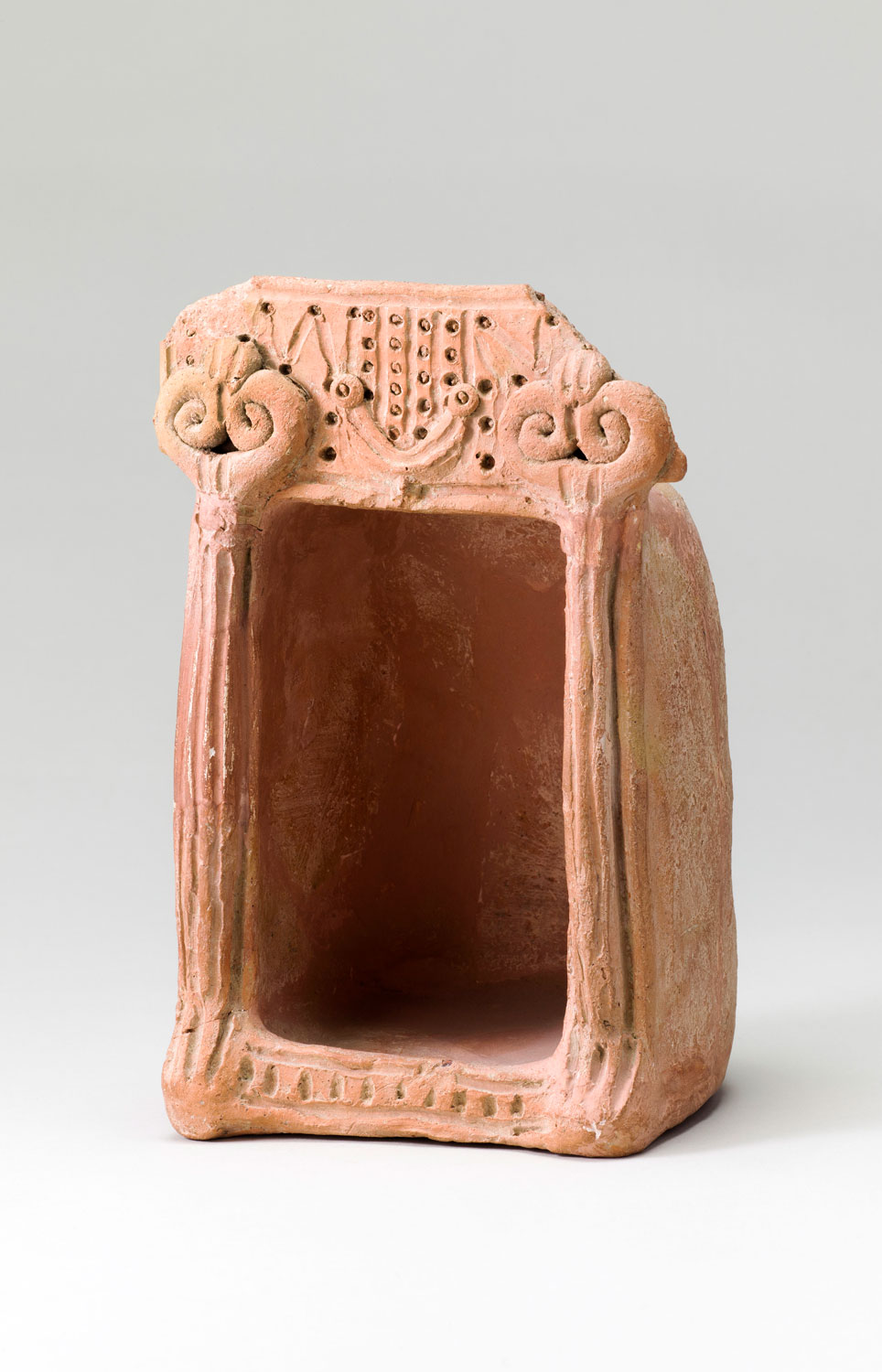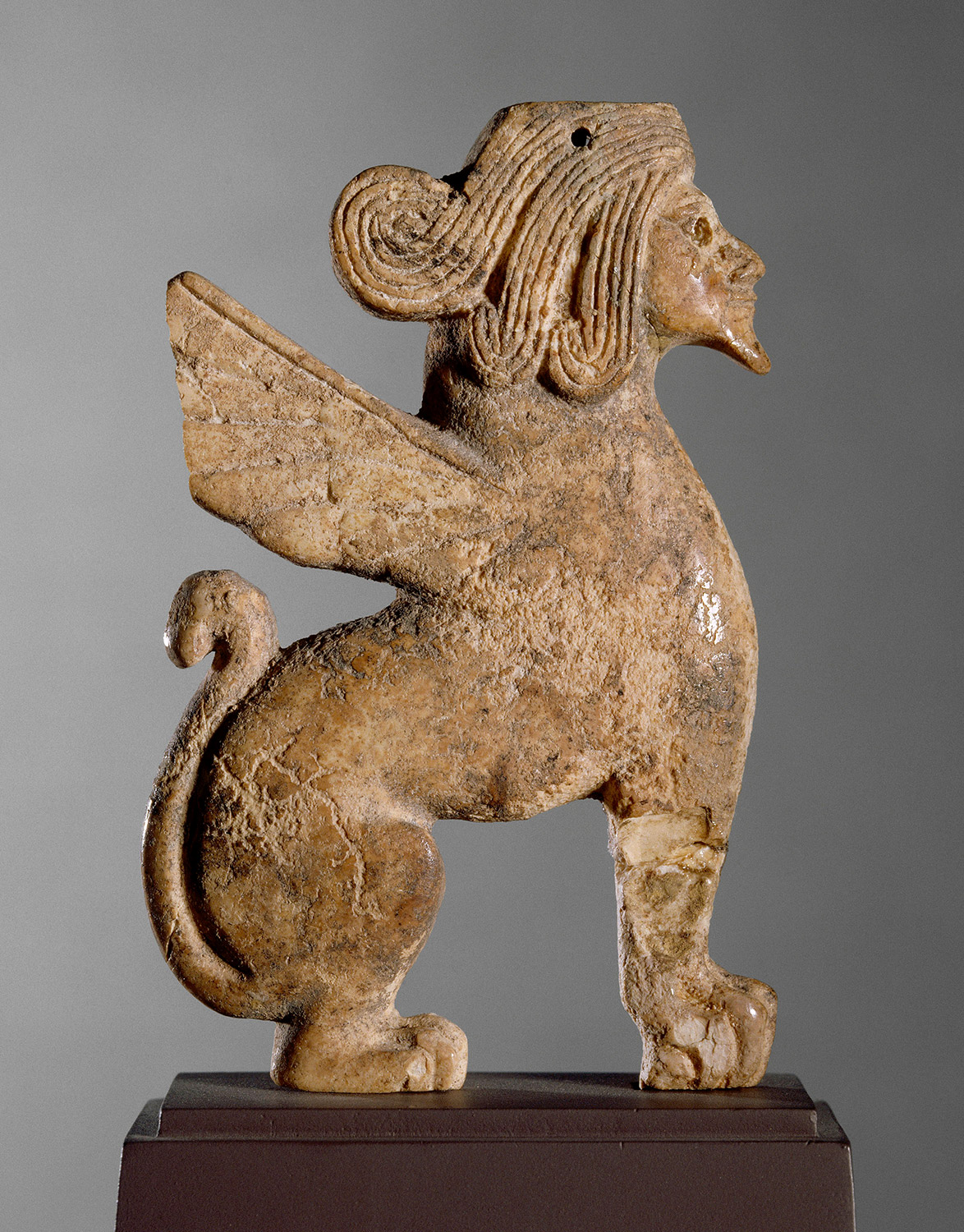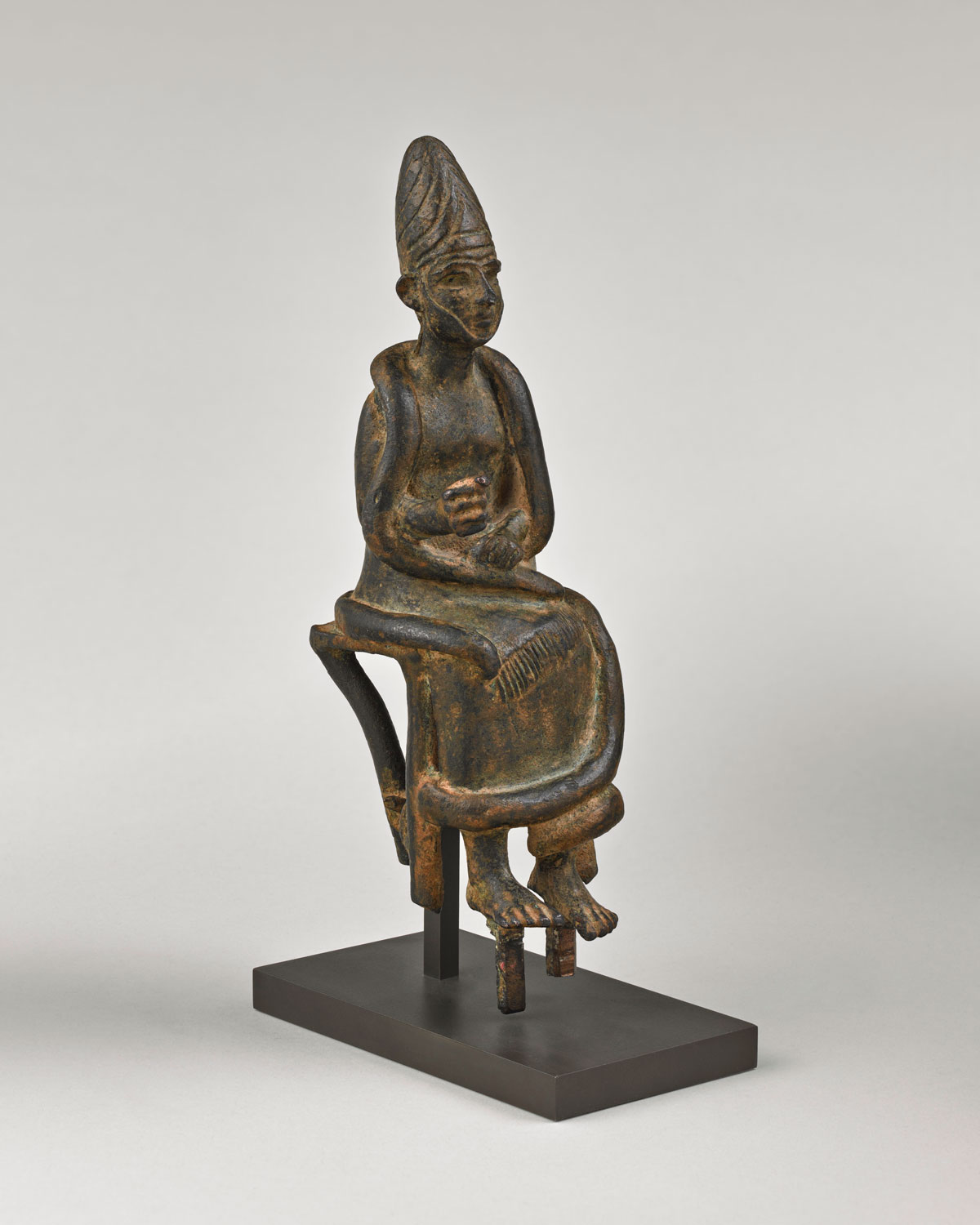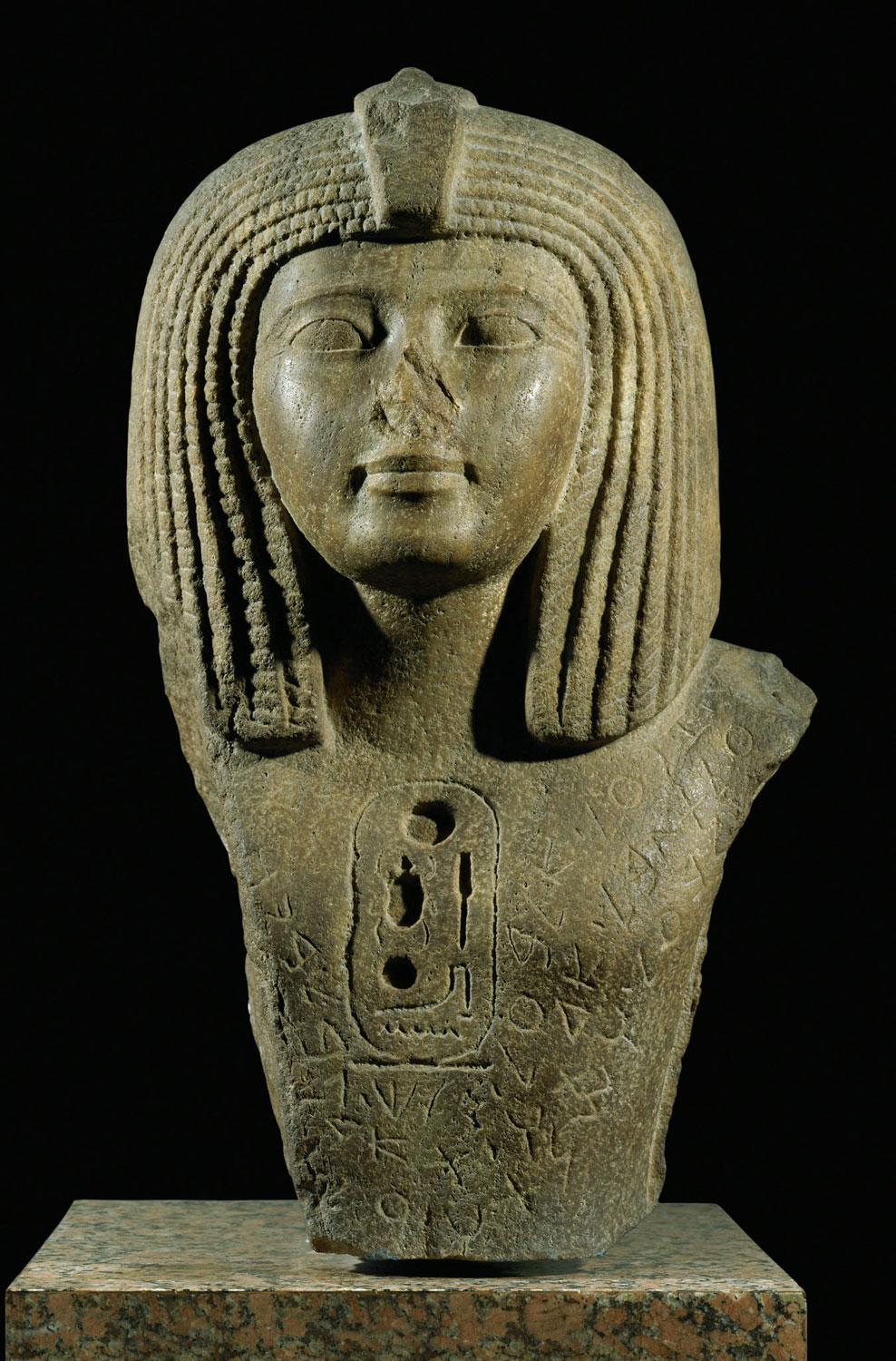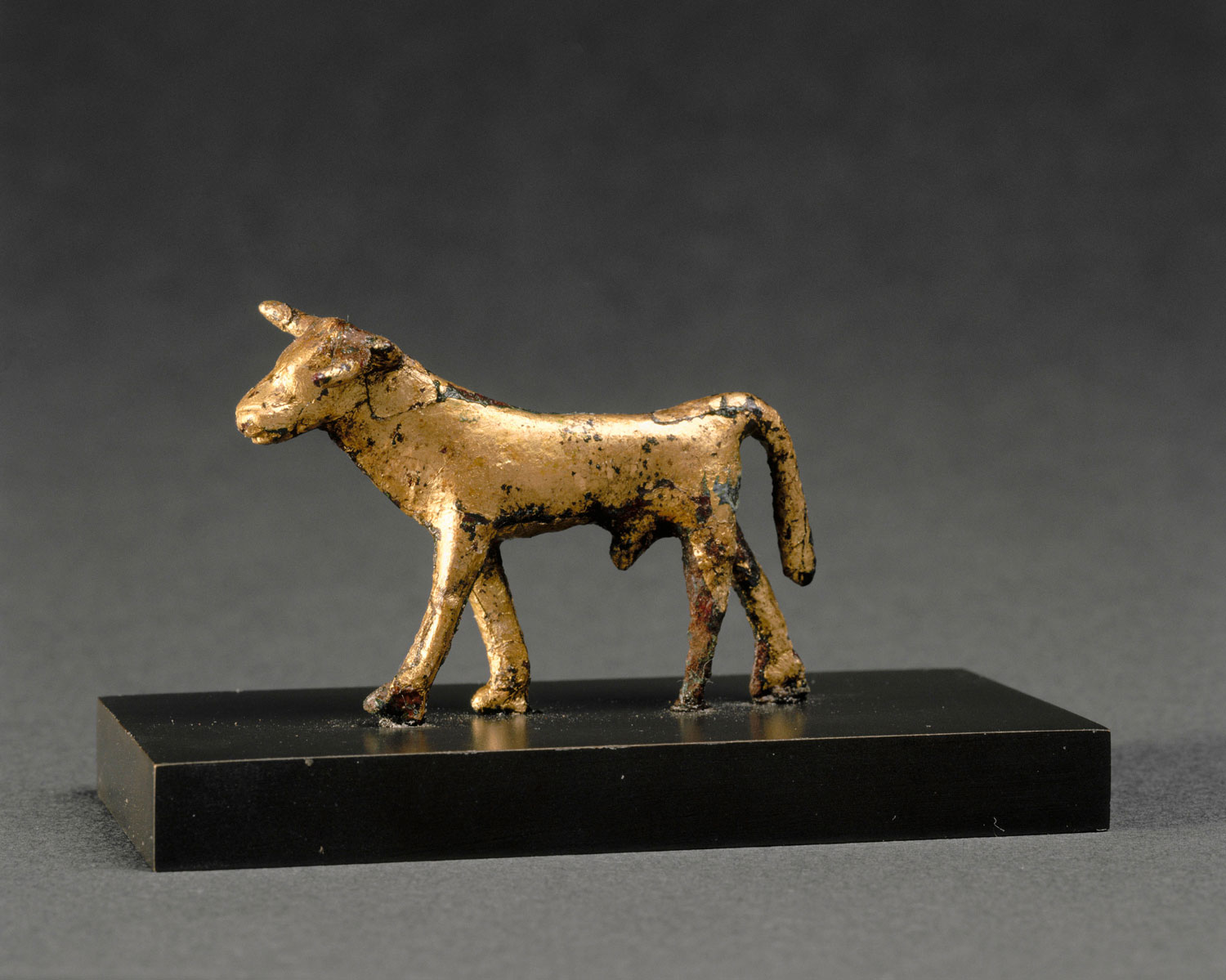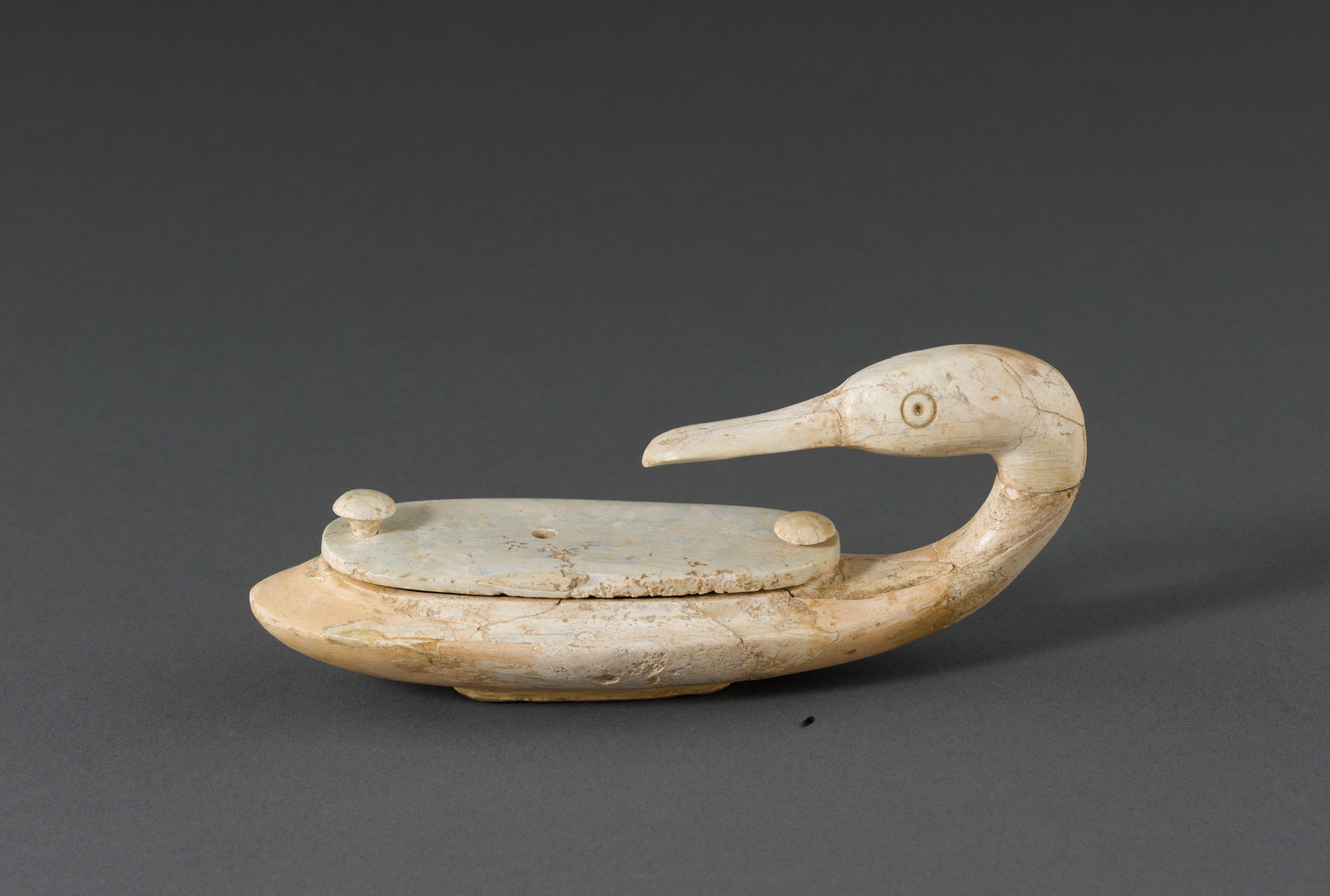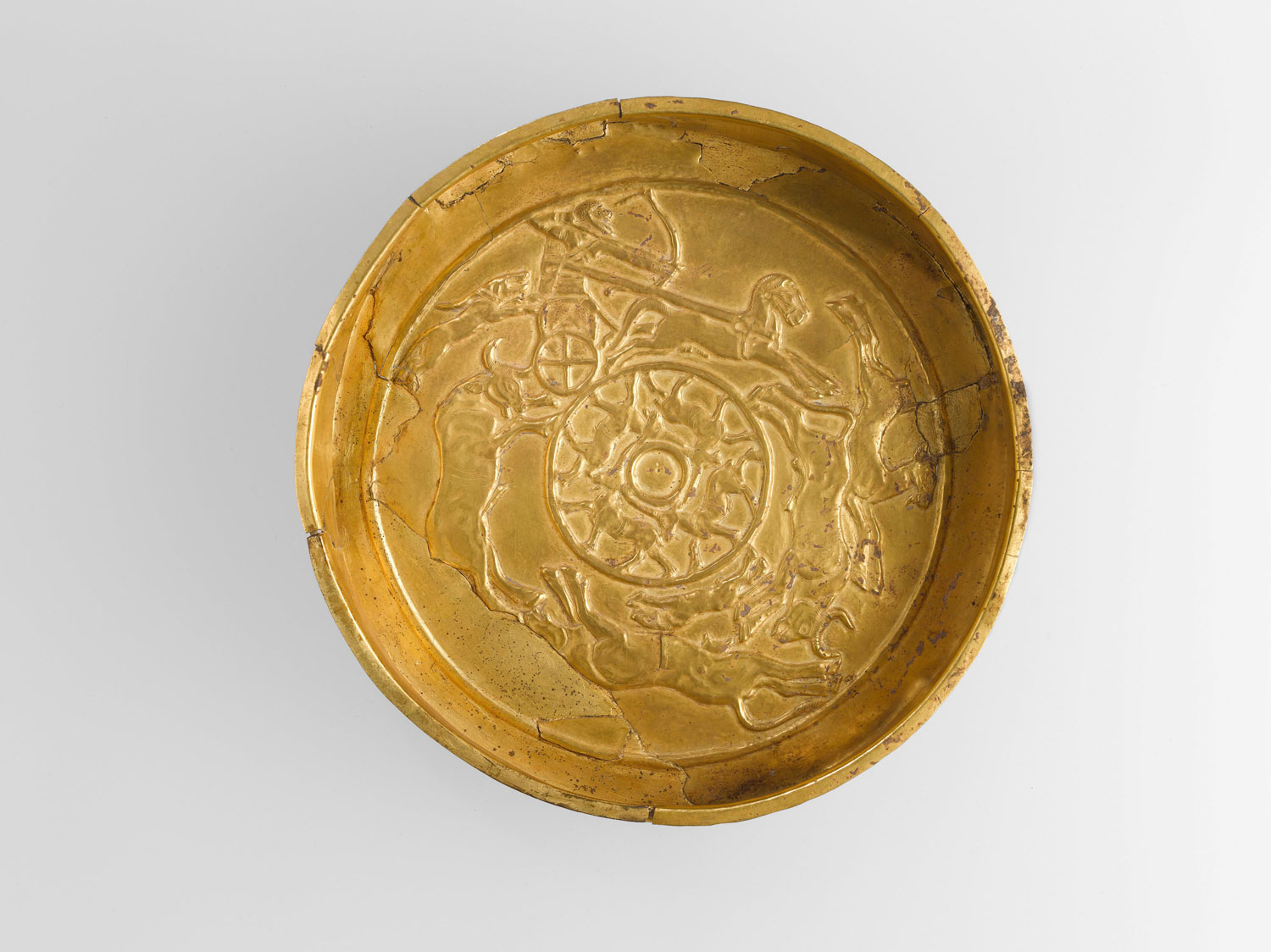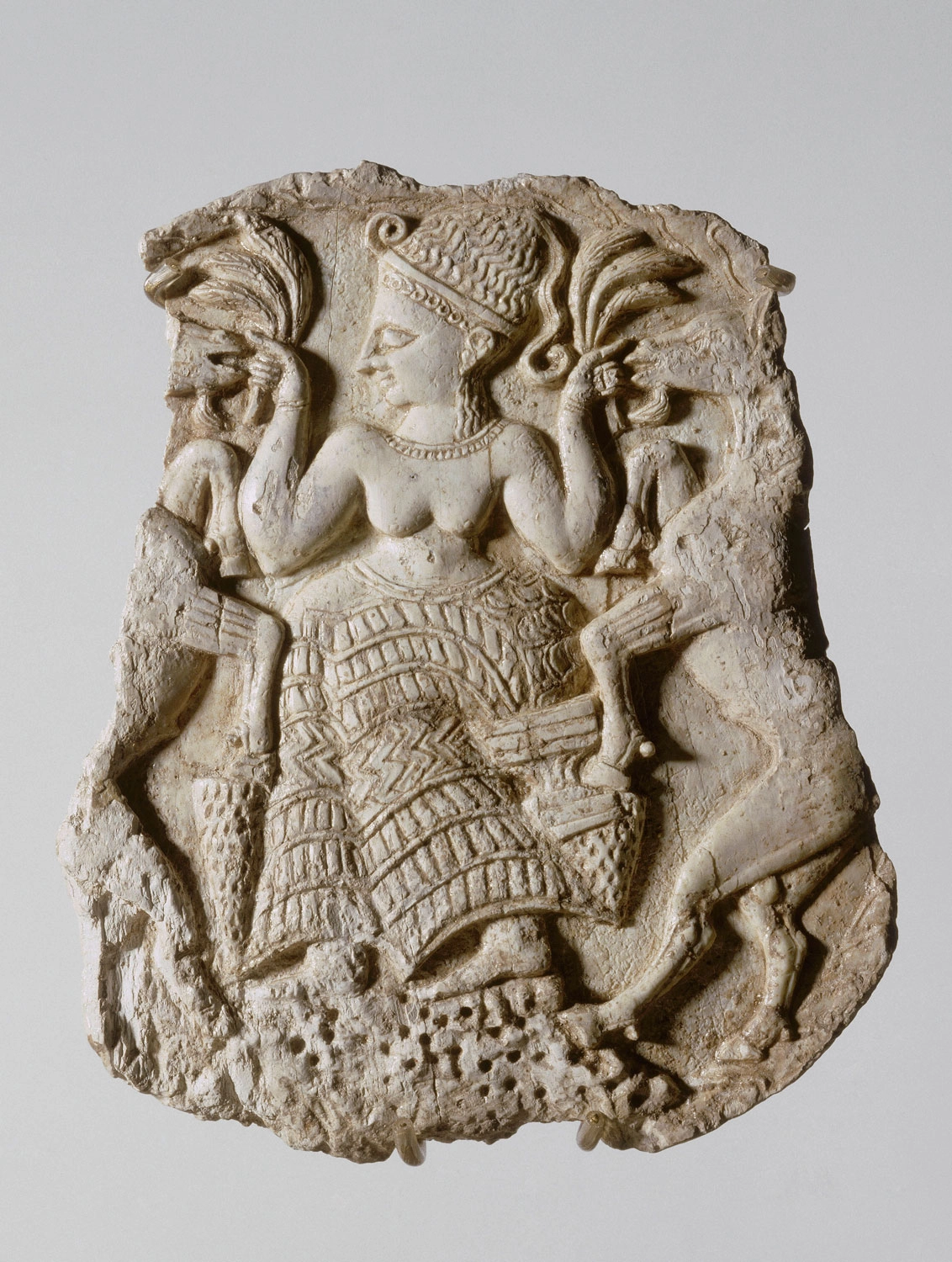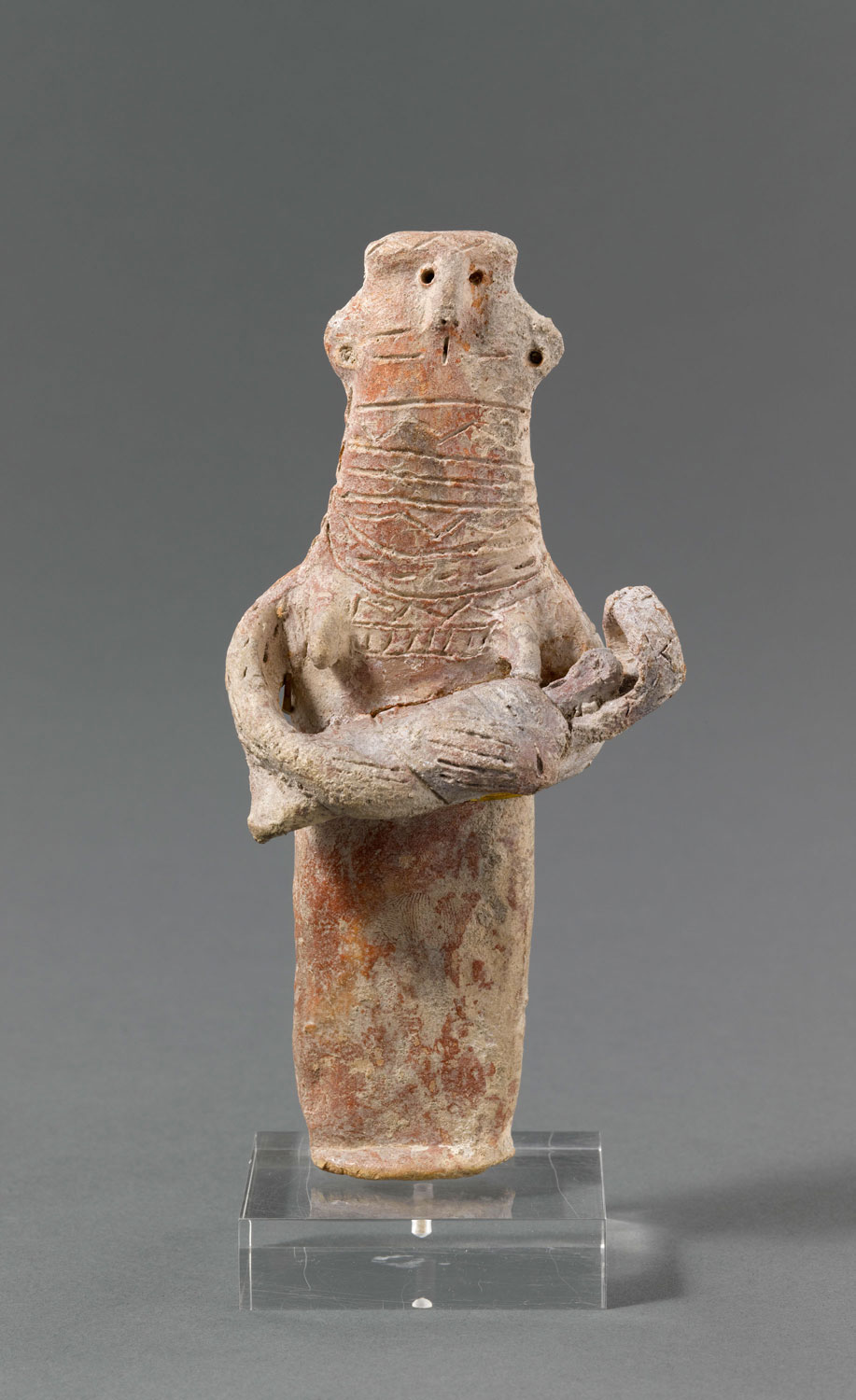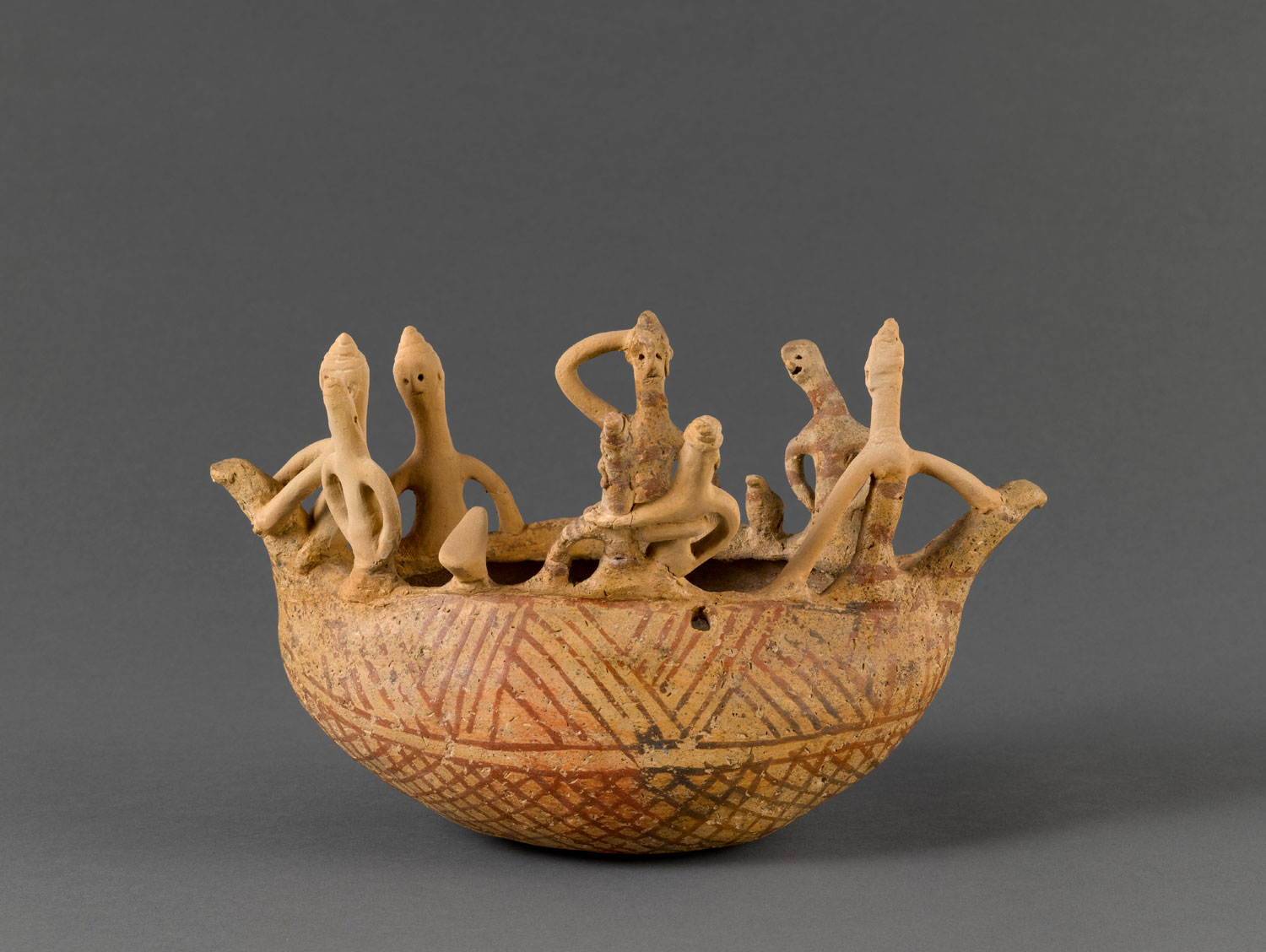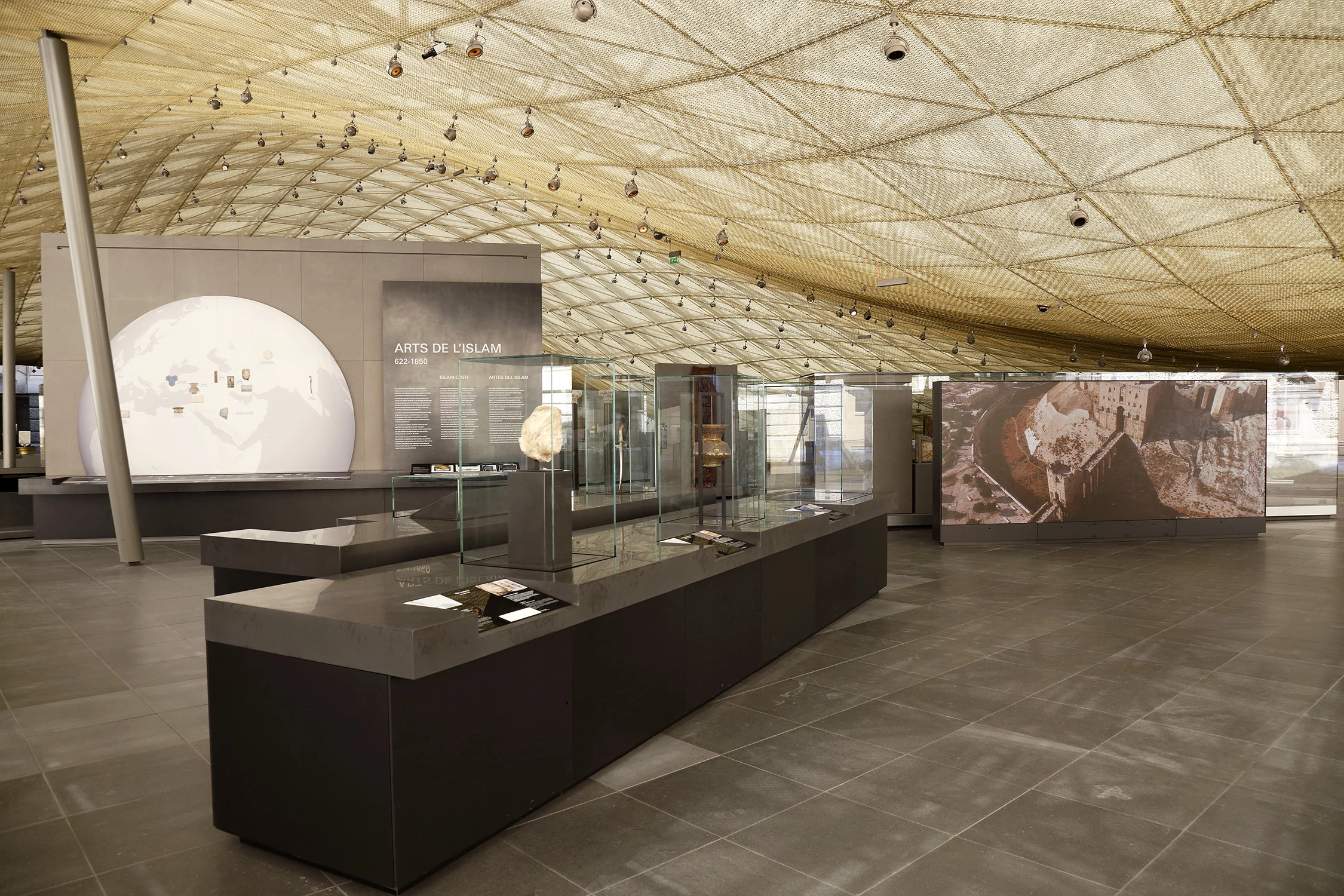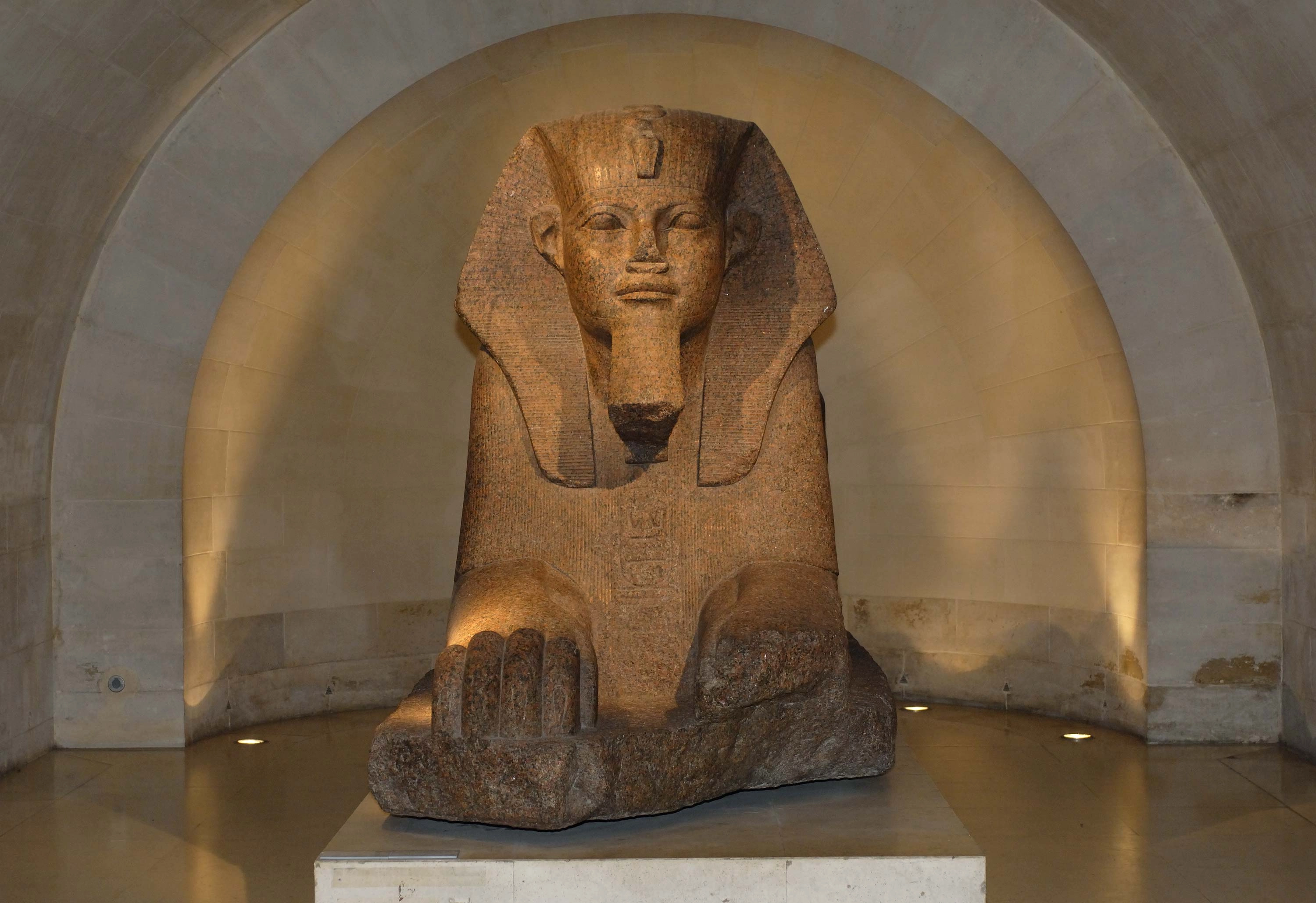Treasures of the Eastern MediterraneanThe Galerie d’Angoulême
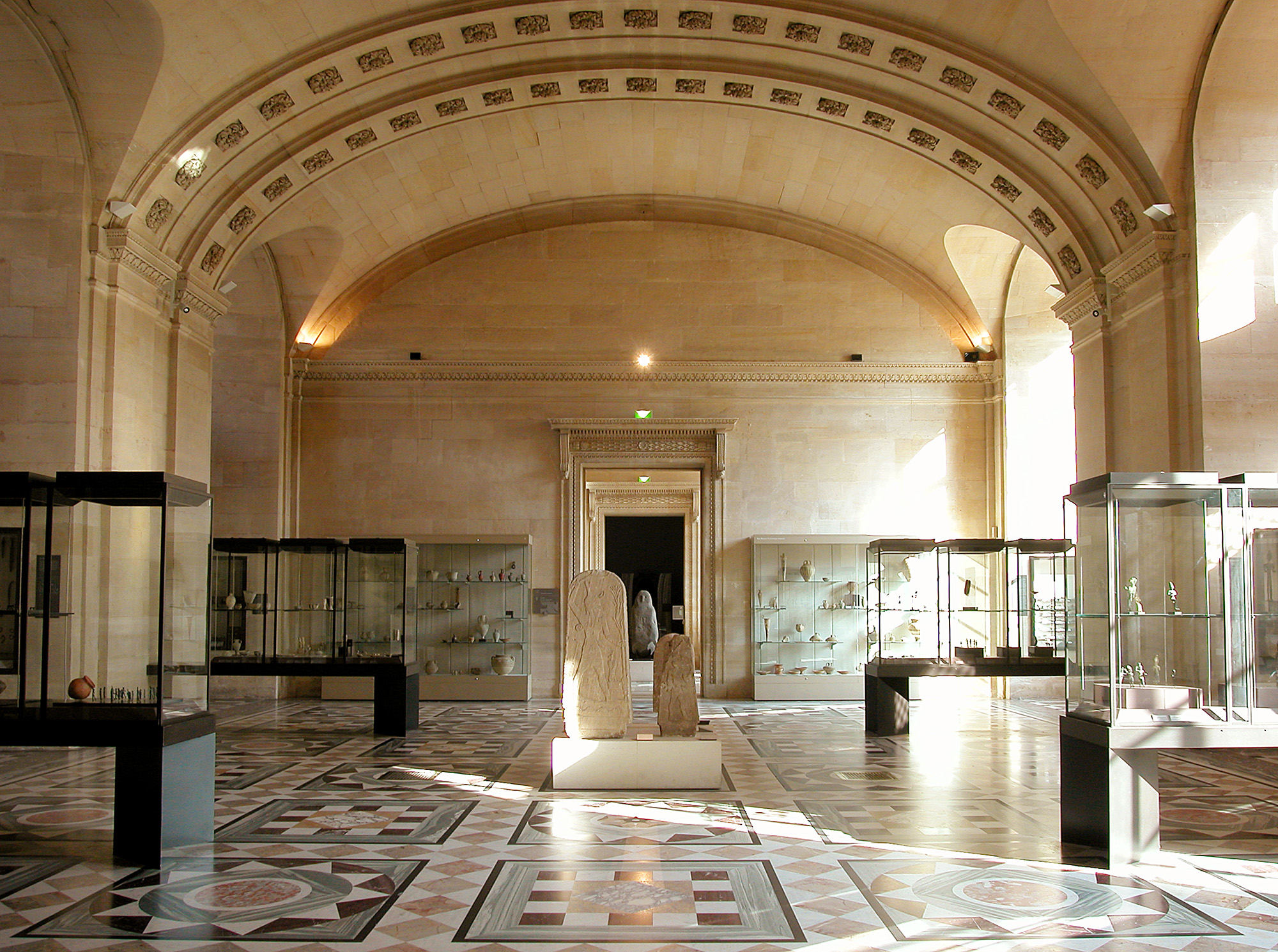
This row of five adjoining rooms with a neoclassical décor houses the Near Eastern collections, notably works from the Levant and ancient Iran. But these rooms served other purposes before becoming a museum gallery.
An ever-growing museum
After the French Revolution, the rooms of the former royal residence gradually gave way to the museum, which had opened in 1793. As different political regimes succeeded each other in the early 19th century, the Louvre’s collections kept growing. And more space was needed to show it all off! New galleries were created here and there, including the Galerie d’Angoulême in 1824. The inauguration was attended by King Charles X and it was named after his eldest son, the Duc d’Angoulême, who had just come back victorious from an expedition in Spain. At that time, a new collection was showcased here: so-called modern sculptures, as opposed to ancient works from the Greco-Roman world.
A museum for modern sculpture
The architect Pierre Fontaine, who had already worked under First Empire, was entrusted with sprucing up this space. The museum of modern sculpture displayed about 100 works by French artists, mostly dating to the Renaissance, like Diana the Huntress which came from Diane de Poitiers’ château in Anet, as well as works from the 17th and 18th centuries. Most works came from the former Musée des Monuments Français created by Alexandre Lenoir in 1795 for the safekeeping of sculptures that once adorned churches and monasteries destroyed during the French Revolution, like the Monument of the Heart of Henri II.
But as more and more works were acquired, it was getting too crowded for all of them to fit in this space. In 1933, it was given over to Near Eastern antiquities. As for the sculptures that were once here, you can still see them in the Louvre, but in another wing.
The oldest works in the Louvre
Among the 100,000 objects in the Near Eastern collection, the Galerie d’Angoulême houses works from the Levant – a historical area that covered modern-day Syria, Lebanon, Israel, Jordan and Cyprus. Some works date to 7,000 BC; they are some of the oldest in the Louvre’s collections.
Mostly discovered during French-run archaeological excavations, the works bear witness to the artistic talent that flourished in this meeting ground of the Mediterranean world and Asia, where many influences converged. This crossroads between Egypt, Mesopotamia, Anatolia and the Aegean world gave rise to prosperous cities like Byblos and Ugarit. Statues, stelae and mythological texts evoke the religious world of kingdoms mentioned in the Bible. Ivory boxes, golden cups and jewellery speak eloquently of flourishing artistic activity.
Gallery of works

Statue of a human figure
1 sur 15
Did you know?
A 9,000-year-old statue
The oldest of all the works at the Louvre, this statue dates to about 7,000 BC! Its rightful owner is the Department of Antiquities of Jordan but it is on long-term loan to the Louvre and therefore displayed with the permanent collections. While its meaning is still somewhat of a mystery, we do know that the figure once sported a wig made out of vegetal material and had clothing painted on, which has long since faded away.

Lightning strikes!
This stela was found in Ugarit, modern-day Ras Shamra on the Syrian coast, which was the capital of a prosperous kingdom in the 2nd millennium BC. It depicts Baal, the god of storms, who wields a weapon that unleashes thunder and rain. The lance he thrusts into the ground evokes thunder striking the earth. The leaves sprouting from the lance recalls the vegetal world.
